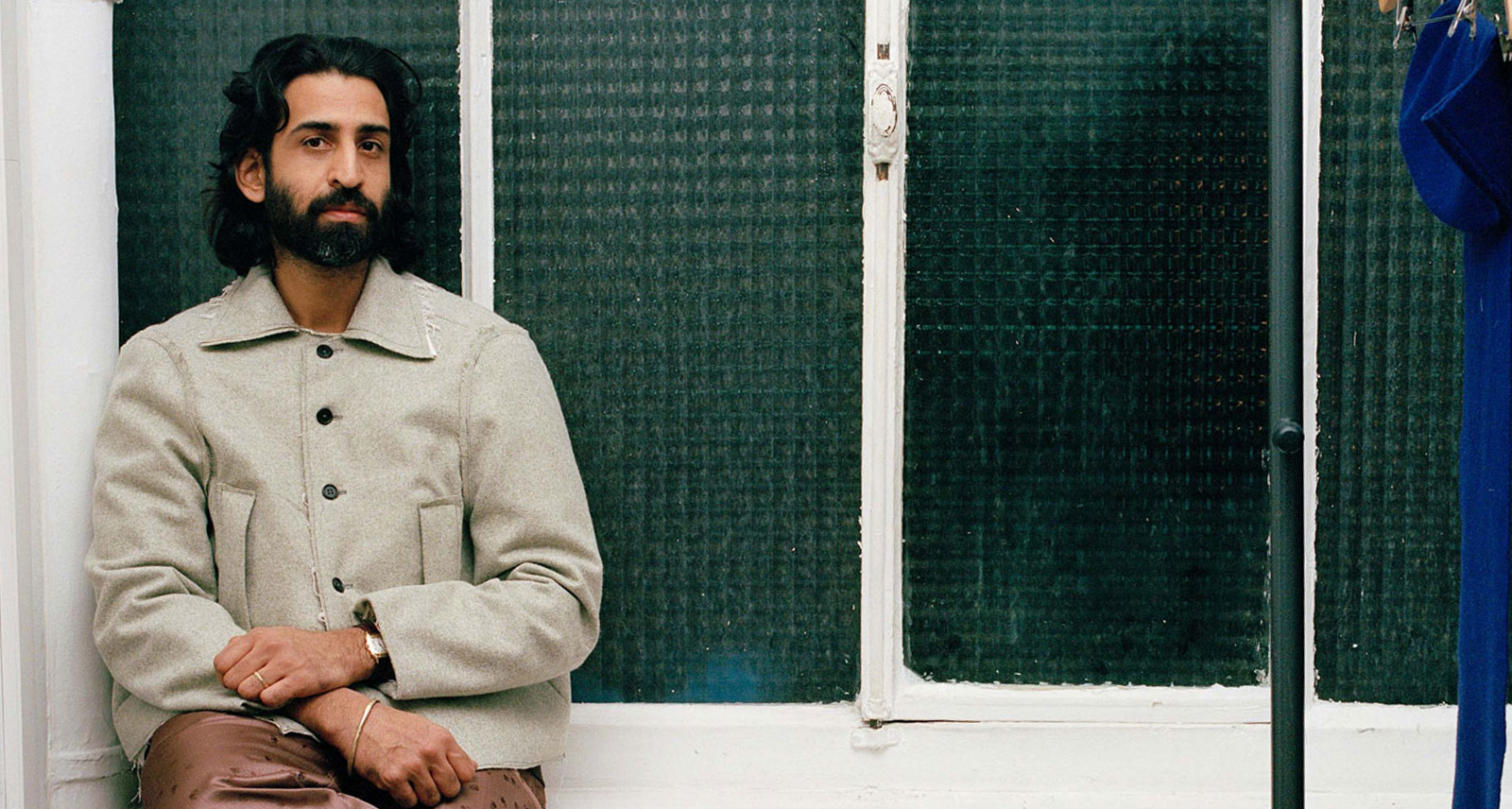Are You Boring at Parties? Here’s How to Become a Master Storyteller
Okay, you like to get drunk and tell people about that weird scab on your knee, and the time you asked out Elisha Cuthbert in third grade (you swear — she is Canadian after all), and that thing your sister likes to do when your parents are out of town. Does that make you a storyteller? No. No it does not.
We all have stories. We compose them, create them, and sometimes even share them out loud because, as Joan Didion once quotably said, “We tell ourselves stories in order to live.” It’s a human compulsion. But that doesn’t mean we’re all good at actually telling those stories. A story requires not just a storyteller, but a captive audience. And captivating an audience is a skill like any other, and one that should be mastered. Even if you aren’t planning on starting your own podcast, or going on the road, the skills of a storyteller can improve your personal and professional life.
Don’t take our word for it. We enlisted the help of Peter Aguero, a professional storyteller and frequent contributor to The Moth — still the TED Talk of storytelling — to explain how it’s done.
Listen.
“The storyteller has to listen to the audience. That’s at least 50 per cent of what you’re doing.”
Make it true.
“Truth can be flexible, but any good story has to be true, because the truth resonates with people.”
Make it matter.
“Not in the grand scheme of the world, but it has to matter to you. You can’t tell a good story if it doesn’t.”
Make it do something.
“There has to be a change. Even if it’s a small change, as long as something changed, that’s powerful. Change can be internal or external, but something about you has to be different at the end.”
Change along with the story.
“One of the things you’re doing when telling a story is going back and visiting an old version of yourself. Every time you tell it, you’re going to have a different insight about who you were versus who you are now. Try to keep that in mind.”
Tell the story you need to tell.
“You don’t have to worry about getting laughs or trying to make people feel anything. If you do it right, people will follow you.”
The Bare Basics
Some of us are natural storytellers. Others, well, we could use a little help. A traditional story has three things: a beginning, a middle and an end. While this is basic, you’d be surprised how often people mistake retelling an itinerary for a story. Here are a few ways to get you started — you just need to fill in the blanks.

You Can Read Stories, Too!
Stories are different than novels or even short fiction, by virtue of the fact that, ostensibly, they’re true. And while we’ve focused on how to tell stories to a crowd of people, maybe with a microphone in hand, one of the best ways to learn the craft is to read. Here are some good places to get started.
David Sedaris

You might know Sedaris from This American Life, but it turns out all of his stories — verbal and written — fit the form: they’re true and funny and moralistic in that uniquely public radio kind of way. Start with Me Talk Pretty One Day and go from there.
David Rakoff

Canada’s answer to David Sedaris (don’t tell Jonathan Goldstein we said that), Rakoff tragically died of cancer in 2012. His first collection, Fraud, might also be his best.
Bill Bryson

Bryson is American by way of England by way of America again, and his humour suitably catapults between slapstick and bone dry. He writes mainly long-form, but his early books, from The Lost Continent onwards, are great examples of travel writing and personal storytelling.










